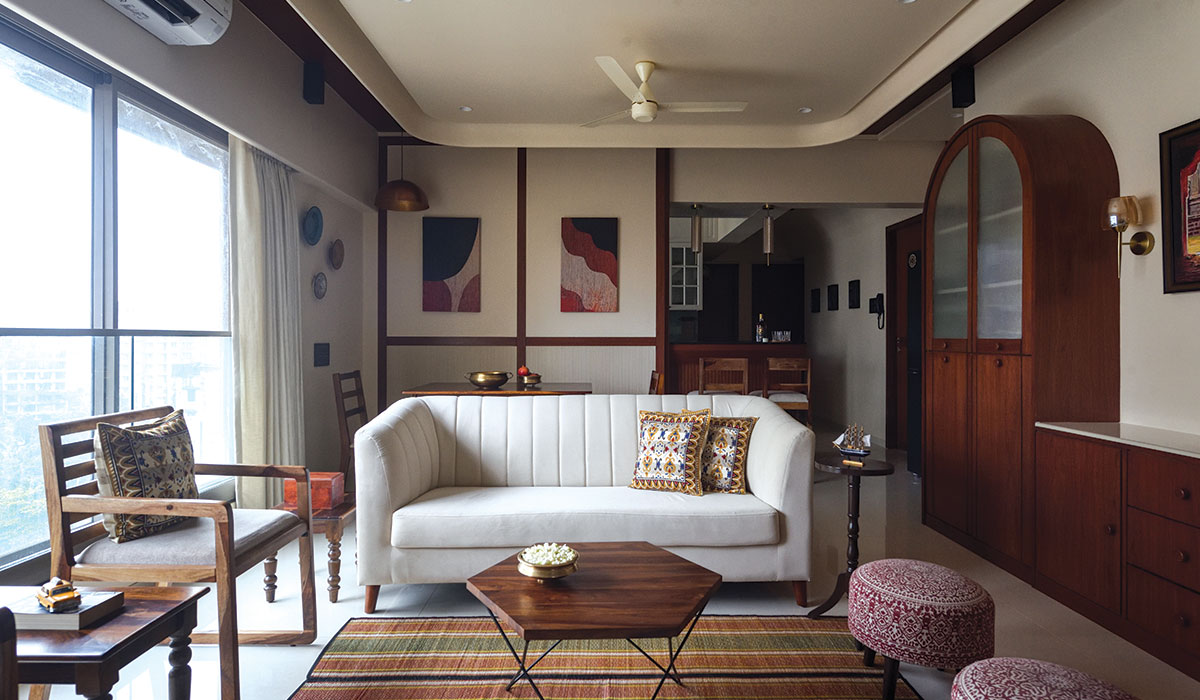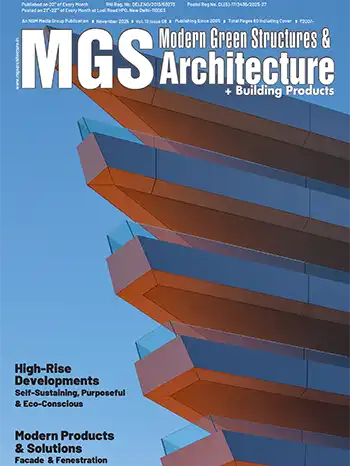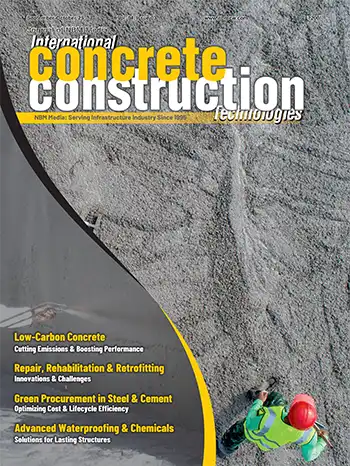Trends that emphasize sustainability, technology, human connection, and wellness as integral parts of the built environment are reshaping the way we think about architecture.
Shailesh Iyer
In 2025, the architecture and design fields are set to experience several key trends that reflect the growing demand for sustainability, technology integration, and human-centered spaces. Architects will continue to prioritize sustainability, but with a shift toward regenerative design practices that not only reduce the adverse environmental impact but also restore the ecosystem.
The emphasis on connecting people with nature will continue to grow. Biophilic design, which incorporates natural elements like plants, natural light, and organic materials into indoor environments, supports mental and physical well-being and promotes a healthier, more productive atmosphere for users.

We will see adaptive reuse and historic preservation. Instead of building new structures from scratch, architects will focus more on repurposing existing structures. This trend of adaptive reuse allows us to preserve cultural heritage while reducing the environmental footprint of demolition and construction. By creatively transforming older buildings into modern spaces, we contribute to sustainable urban development.
Designers are becoming more attuned to inclusiveness in their work. Buildings will increasingly prioritize accessibility for all, whether through universal design principles, adaptable spaces for aging populations, or designing with social equity in mind. The goal is to create environments that are open and welcoming to people of all abilities and backgrounds.
















